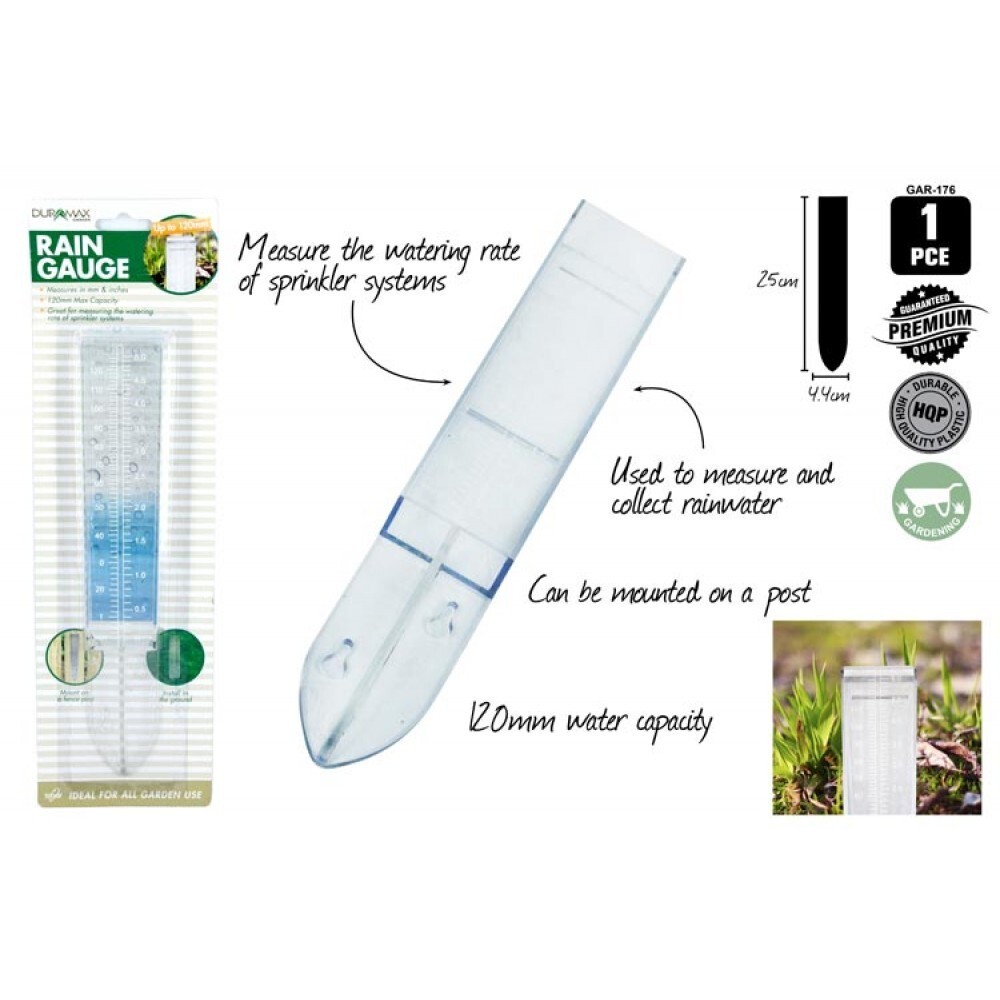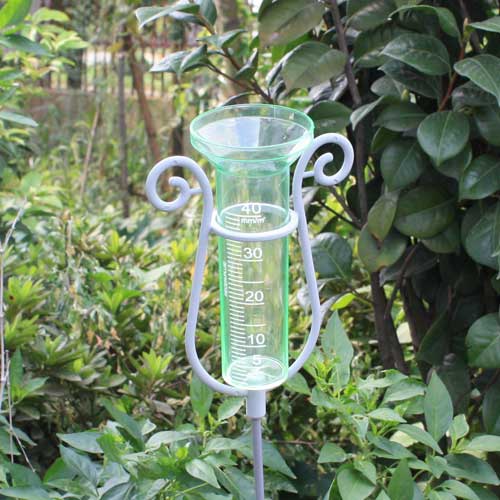

In addition, yourĪccess to 's website and Science Fair Project Ideas is covered byĮ's Privacy Policy and site Terms of Use, which include limitations Renounce any claims against that arise thereof. By accessing the Science Fair Project Ideas, you waive and Regarding the Science Fair Project Ideas and is not responsible or liable forĪny loss or damage, directly or indirectly, caused by your use of such does not make any guarantee or representation 82-83 (Loose in the Lab Science Series, 2003).Į provides the Science Fair Project Ideas for informational References: What’s Up? 45 Hands-On Science Experiments That Explore Weather, by B. Repeat steps 7-9 for several rainy days.Then read the newspaper or go online and find out the official amount of rainfall in your area for the day and make a note of it-see how closely your figure matches the official one! That’s how much rain has fallen in the last day! On your piece of paper, make a note of the date and the amount of rain.


Set the ruler against the vertical tape so that the “0” line lines up with the bottom mark.This will be the bottom of your rain gauge. Use the marker to draw a line on the vertical piece of tape just a little above the top of the pebbles. Use a long piece of tape to make a straight vertical line from the top edge of the bottle to the bottom.Line up the cut edges and tape them together so the top part is held firmly in place.

Turn the top of the bottle upside down-make sure there’s no cap on it! It’s going to act like a funnel-and place it in the bottom part of the bottle, pointing downward.Put the pebbles in the bottom of the bottle-these will help keep it from getting blown over if it’s windy.Carefully use the scissors to cut the top of the bottle off at the wide part just below where it begins to get narrow.A few handfuls of clean pebbles, gravel, or marbles.


 0 kommentar(er)
0 kommentar(er)
